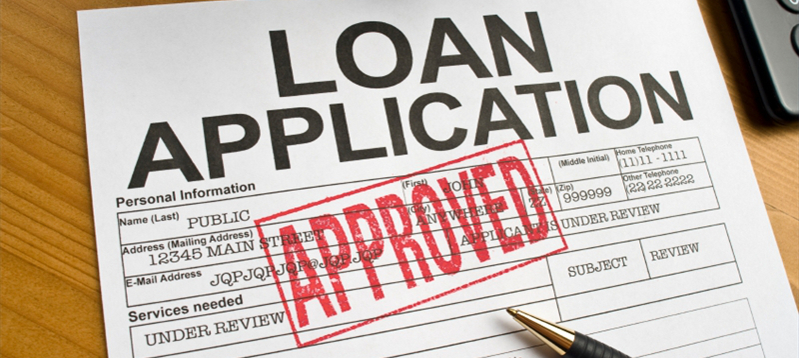Whenever taking loan, either house loan, student loan or any kind of loan, at least the term of fixed and variable loan often occur in the discussion. What are they? What the best among the two? Before going further, let us explore both terms.

www.engineeryourfinances.com
In fixed and variable rate loan, the difference is in the interest. The rate itself refers to the interest.
Fixed rate loans are loans that have an interest rate that does not change over the life of a loan, which means you pay the same amount each month. In fixed rate loans, you lock in your terms when your sign the agreement, and even if interest rates go up, your APR does not. It also means you know with certainty the total interest that you will pay over the life of the loan. Fixed rate is a universal term that can apply to diverse types of loans with a variety of uses, including student loans, mortgages, auto loans, and unsecured personal loans.
Variable rate loans are loans that have an interest rate that will fluctuate over time in line with prevailing interest rates. They generally have lower starting interest rates than fixed rate loans, but the interest rate and payment amounts can change over time. Sometimes they are also known as floating rate loans. This means your minimum payment will change as rates change.
When it comes which is better the simplest way to summarize it as follows. The variable loans can be cheaper, but your minimum payment will change over time. The fixed loans generally cost a little more and your minimum payment will never change.
Fixed term rates are better under following conditions.
- You have a longer loan term, and you don’t want to be affected by moving rates.
- You don’t want your minimum payment to increase.
- You believe interest rates will increase in the future and you want to lock in a rate now.
If you like the consistency of knowing exactly what your monthly payments will be over time, you might prefer a fixed rate loan. Also, if you plan to pay your loan back over a longer period of time, say 10, or 20 years, you might prefer to eliminate the risk of interest rate changes over time by selecting a fixed rate loan.
One reason borrowers, especially those with long-term loans, like fixed rate loans is that they provide a kind of “interest rate insurance”—they cost a little more, but that premium protects you against price changes down the road.
Variable rates are better in the following conditions.
- you have a shorter loan term, which limits the chances for rates to change.
- You can handle an increased minimum payment.
- You believe interest rates will decrease or stay flat in the near future.
You might prefer a variable rate if you want to take advantage of the maximum possible savings but have the financial flexibility to make higher monthly payments and total interest should interest rates rise. You might also prefer variable rate loans because you plan to pay off your loan in a short timeframe, such as 10 years or less.
Some borrowers prefer variable rates because they don’t want to pay a premium for the “interest rate insurance”—they are making a kind of bet that rates won’t rise significantly during their loan term, which is why these tend to be better for shorter terms.
Interest rates on variable rate loans depend on prevailing market interest rates, so the total interest owed will depend upon changes in the broader environment.
So, what’s the best option? There is no right or wrong answer. The decisions on loan amount, term, and fixed or variable rate all depend upon personal situation and flexibility.





